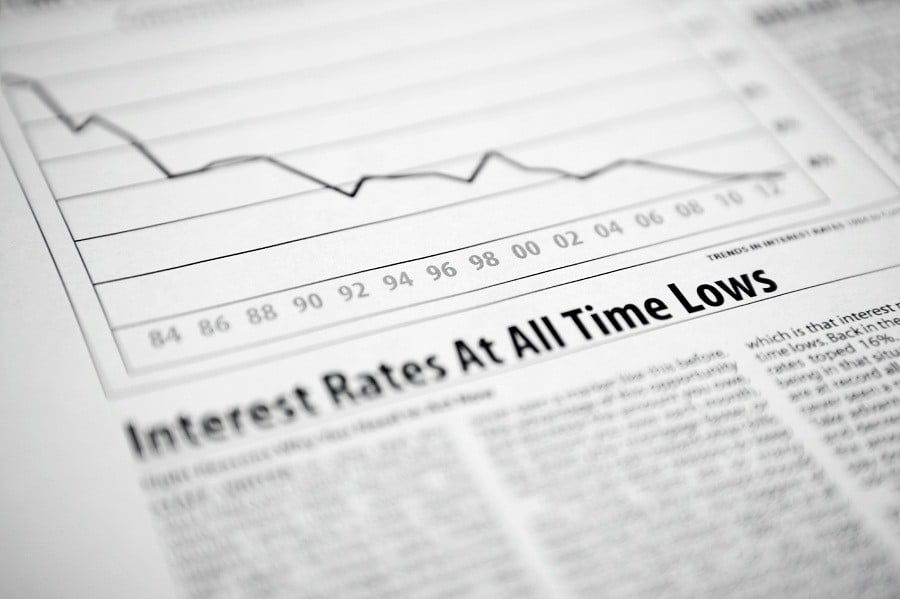The Federal Reserve has announced its desire to raise rates very soon, leading to quite a bit of consternation among financial advisers and their clients.
Even though short-term rates remain near zero, the bond market has already begun to push up longer-term rates, perhaps in anticipation of a short-term rate increase. This, in turn, has generated losses in several rate-sensitive sectors.
Advisers may wonder what asset allocation changes they should implement — beyond simply engaging in market timing by going to cash — to protect their clients' portfolios against further losses. One answer to their dilemma may rest in a
small, often misunderstood corner of the markets: closed-end funds.
CEFs have been around since the 19th century … longer than open-end funds. They are mutual funds, subject to all the same '40 Act requirements as open-end funds, but with one key difference: They trade throughout the day on the open market like a stock. This means that a particular CEF can often be purchased at a discount to its real value (net asset value). For example, an adviser could buy a CEF for $10, and thereby obtain part ownership in a portfolio of stocks and/or bonds with a current market value of $11.
(More: Calamos Investments' new closed-end fund tries to limit discount to NAV issue)
There are about 600 CEFs traded on U.S. exchanges, providing the same variety of investment choices available with open-end funds. Furthermore, most CEFs pay regular cash distributions currently averaging above 7%. Due to these high cash distributions, most advisers figure that rising rates would be detrimental for CEFs, as the value of the underlying portfolio may decline, and the CEF price might fall even further.
However, this fear of rising rates has already been reflected in the prices of CEFs vs. their NAVs. Market participants seem to have already acted on their fears. In fact, currently, average CEF discounts are over 9% vs. a long-run average of less than 4%. (See exhibit)
Source: Deschutes Portfolio Strategies
GREAT RETURNS
Periods of extreme discounts don't last long. Historically, they tend to revert back toward the long-run average within a few months. So, what does a discount “bounce-back” entail? Generally, great returns. In fact, according to our research going back to 1988, in the one year after their discounts exceeded 8%, CEFs gained 18.5% on average, and highly discounted CEFs (defined as CEFs whose month-end discounts — their trading price as a percentage of their NAV — were in the largest quintile of discounts in the CEF universe) gained 26.1%. This compares to only 1.3% for the S&P 500, which corroborates the notion that, historically, purchasing deeply discounted CEFs has proven to be an astute move.
Regardless of discounts, an analysis of CEF performance during the last series of federal funds rate increases — from 1.03% on June 30, 2004 to 5.24% on July 31, 2006 — reveals that CEFs performed extremely well. For that period, the average CEF returned 27% while highly discounted CEFs returned 50%, against the S&P 500's 16% and bonds' 7%.
(More: Closed-end funds can offer opportunities, but they come with risks)
Further examination going back to 1988 and considering all rolling one-year periods when the fed funds rate rose by at least 0.5%, demonstrates that investing in CEFs yielded acceptable results: a 6.5% average one-year return with losses less than 20% of the time. However, investing only in discounted CEFs generated much better results: A 10.4% average one-year return and losses less than 10% of the time.
DISCOUNTS TRUMP INTEREST RATES
Our research underscored that the overall level of CEFs discounts has played a much more crucial role than interest rate changes. Specifically focusing our attention only on those rolling one-year periods when the fed funds rate rose by at least 0.5% and CEFs began with average discounts greater than 3%, we discovered that investing in CEFs generated 10.7% average one-year return and losses about 8% of the time. Investing only in discounted CEFs produced 14.7% average one-year return and losses about 6% of the time, and investing only in highly discounted (in the widest quintile of discounts) CEFs yielded a 24.4% average one-year return and no losses.
WHAT ARE THE RISKS?
The single greatest risk an investor in CEFs faces is that the CEF's discount may widen instead of narrow. Unlike with open-end funds, a CEF purchaser has no guarantee to redeem shares at the NAV, or at any particular price, as purchase and sale prices are dictated by the market.
Also, about two-thirds of CEFs utilize structural or portfolio leverage, which acts to magnify both positive and negative underlying NAV returns. This increases the investor's risk and volatility, and can be especially damaging if short-term rates rise more than long-term rates.
Lastly, investors should also bear in mind that CEFs' expense ratios are substantially similar to those of open-end funds (a median of 1.2%), but greater than those of exchange-traded funds.
Historically, even during periods of rising rates, investing in highly discounted closed-end funds has been a very astute strategy. Even a clairvoyant adviser who is 100% certain that interest rates will rise might do well to invest in this niche space. CEFs give advisers a useful tool to effectively manage and preserve client assets during challenging times, such as rising interest rates.
Eric Boughton is portfolio manager and chief research analyst for Deschutes Portfolio Strategies and manager of the Matisse Discounted Closed-End Fund Strategy.







